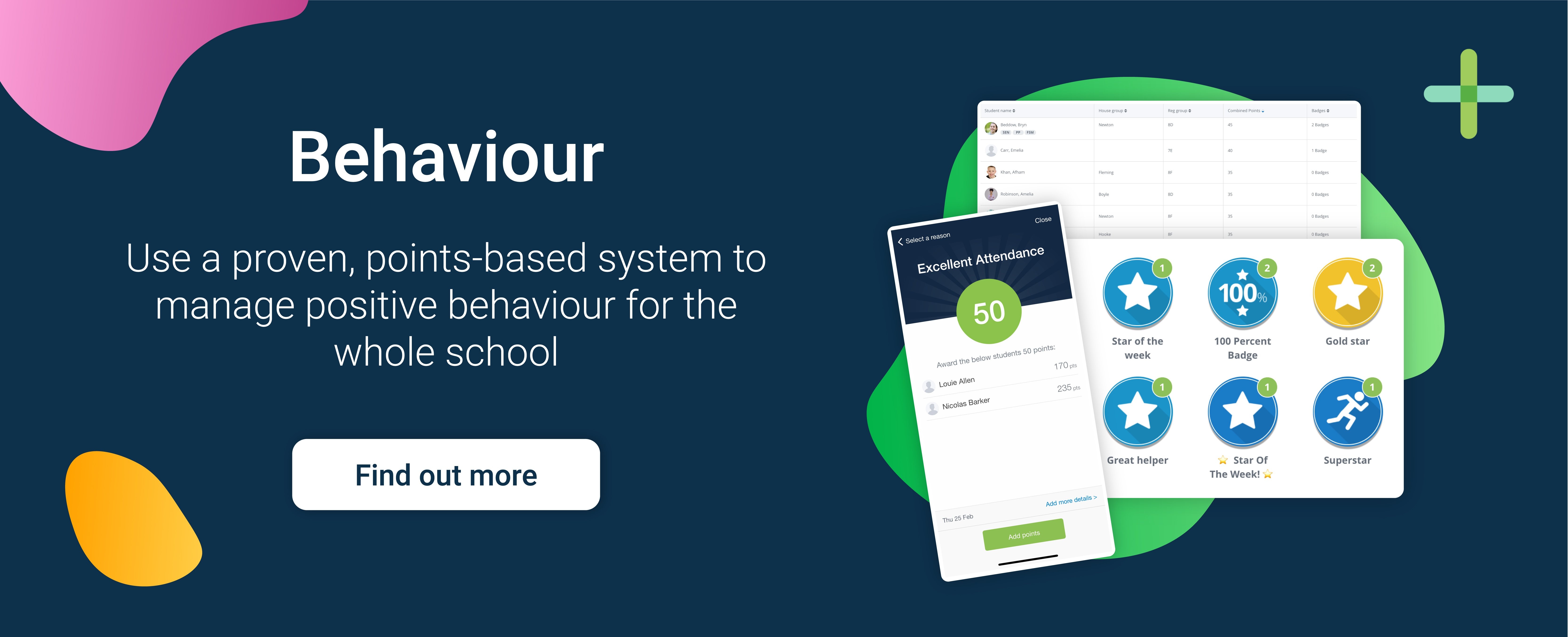Author: Rebecca Heald
Posted: 16 Mar 2021
Estimated time to read: 4 mins
This week’s post was written by nutritionist and food educator, Rebecca Heald.
Rebecca is a nutritionist who helps leaders and educators get their energy, time, and motivation back.
 Through her work with leaders across the world, she has developed programmes that transform the health and wellbeing of organisations from the top down.
Through her work with leaders across the world, she has developed programmes that transform the health and wellbeing of organisations from the top down.
Originally a school teacher, Rebecca also offers family and school-based nutrition education initiatives to help develop healthy attitudes towards food in young people.
You can find more advice, recipes and more at https://transformationalnutrition.co.uk/
The kids are back at school, which means many of us will find ourselves back to making packed lunches again - I can’t say I have missed that job during lock-down...
It has, however, provided us with an opportunity to rethink how we do things.
In my experience as a mother, and a nutritionist, I have found Satter’s Division of Responsibility of Feeding the most effective model in bringing up our children to be healthy, competent eaters who trust their own bodies.

This ultimately means that it is the parent’s responsibility to decide ‘what’ and ‘when’ our children eat and is then up to them to decide ‘how much’ and/or ‘whether’ they eat.
With this in mind, I recommend that as parents, it is our job to make packed lunches for our children. By doing so, we can model what a balanced diet looks like and provide the foundation for our children to successfully take care of themselves as they grow. Feeding ourselves well is imperative to our self care and if we give this responsibility to our children too soon, they may struggle later in life.
That doesn’t mean that we should ever force our children to eat or try new foods, quite the opposite. We provide the structure and opportunity to eat a variety of foods, they then decide how much of it they wish to eat at any given time - without pressure!
Our goal is to raise competent eaters who, as adults, feel relaxed around food and able to listen to their own internal cues.
Involve the kids in your process
With that said, as children get older they can absolutely help decide what to eat and I would encourage this. It provides a perfect opportunity to model and you can get them involved in various tasks depending on their age.
So, for example, my seven year old can get the lunch boxes and containers out ready for me on the counter.
My 10 year old can then get the grapes out of the fridge and slice them for my seven year old to pop them in the containers.
I often give the boys the option of a cheese or ham sandwich so they get some choice.
I will also let them choose a ‘side’ such as some crackers or raisins.
As a family, we also plan our lunches and both boys write this on our blackboard. This also helps when we go shopping.
I am mindful not to let them make all of the decisions because whilst my eldest may be ready to create a balanced lunch, my seven year old definitely isn’t, so rather than have to say ‘no, that is all wrong’, I scaffold and model so that they have a structure.
Vygotsky would call this the zone of proximal development. My children are learning to master the skills required but they currently need more guidance and practice in order to put together a packed lunch independently.
Choose your language carefully
By doing it with them, I can also model appropriate language. I don’t ever say ‘you MUST have a piece of fresh fruit’, or ‘that is full of junk, you need more healthy options’.
Language such as this demonises perfectly good food and can lead to you having a battle on your hands.
Instead, over time, model what a balanced packed lunch should look like and they will learn.
What should the lunchbox include?
This brings me onto the age old question of ‘what should a packed lunch include?’
I always say, stick to this simple structure:
- Main
This should include protein, carbohydrate and fat. So a sandwich, cheese and crackers or last night’s leftovers. Our favourites are pasta, homemade pizza, fried rice and chicken. - Fruit and veggies
1 - 2 fruits or veggies. We love apples, grapes, carrot sticks, raw broccoli, and peppers etc. - Sides
1, 2 or 3 sides such as crisps, biscuits, yogurt, cheese sticks, trail mix or granola bar.
Final thoughts
My last tip would be to let your child decide in which order they want to eat it. Whilst you may not be there with them, never tell them ‘you must have your sandwich first and crisps last’. That just attaches a moral value to the food.
Let them decide how they will eat it and also how much. So don’t comment if they come home with food leftover,they will stop when they have had enough and we must trust them to do so. This is how we teach them to trust and love their bodies.



